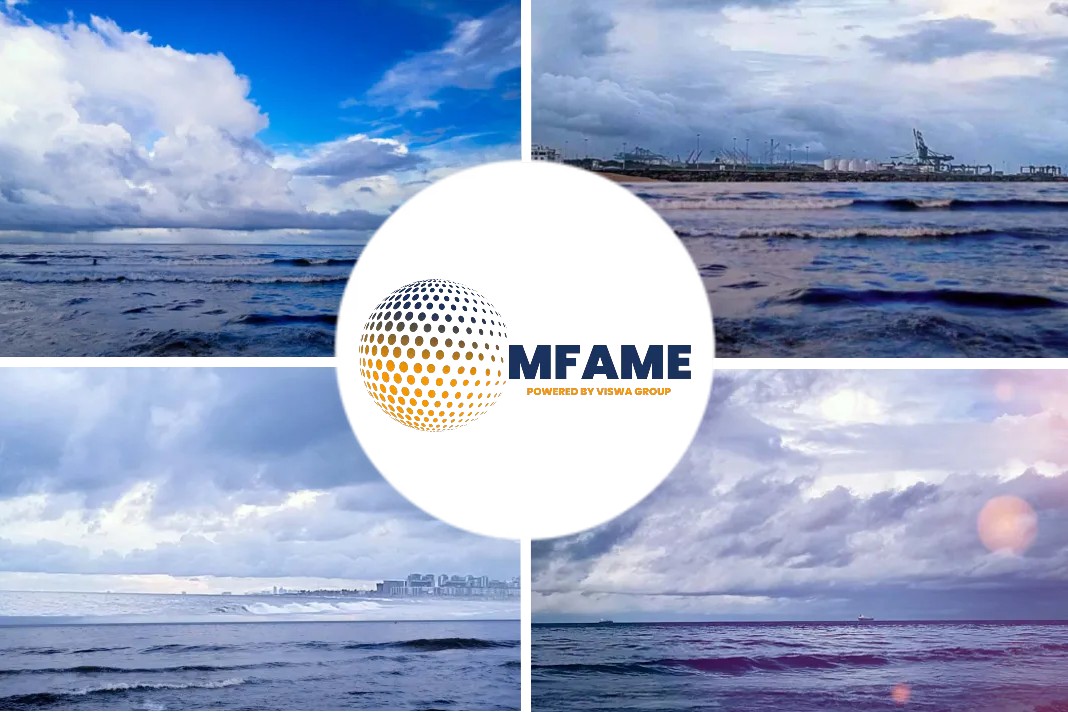- Consumers purchasing from online sites could experience a price surge.
- The price surge is linked to the drive to decarbonise the global fleet of approximately 70,000 international shipping vessels.
Consumers purchasing from Amazon and other online sites should be prepared for an increase in prices linked to the drive to decarbonise the global fleet of approximately 70,000 international shipping vessels, an industry expert has said, reports The Herald.
Linked Chain of Online Shopping & Outbound Shipping
Knut Orbeck-Nilssen – chief executive of the maritime division of DNV, the classification society responsible for setting safety and environmental requirements for seagoing vessels – said the impact could be felt as early as 2023, when new rules from the International Maritime Organization (IMO) come into force. This will require every vessel to achieve one-off certification proving that it does not exceed maximum CO2 emission levels.
Those that do will have to take other measures, such as reducing cruising speed, to bring emission levels down. Up to a third of all container ships currently in operation will have to make some mitigations, which could also include the introduction of energy saving devices or a switch to biofuels.
DNV Chief Executive’s Utterance
“You can imagine that it will impact the market quite significantly,” Mr Orbeck-Nilssen said. “What is likely to happen is some of the oldest tonnage will be taken out because it will not make commercial sense to keep it operating.”
“Eventually we will have to pay bit more for the goods we are shipping from China to Europe, for example.”
He was speaking ahead of the launch of DNV Maritime’s fifth annual energy transition forecast report, which estimates that between $250 and $800 billion (£181-£580bn) of technology investments will be required during the next 30 years to meet the IMO’s decarbonisation targets. These call for a halving of CO2 emissions by 2050 and a carbon-free fleet by the end of the century, though Mr Orbeck-Nilssen said this timeframe will likely be overtaken by political and consumer pressure for faster action.
Energy Transition With Fuel System Demand
Energy transition is gaining momentum across the industry, with latest figures showing that 12 per cent of all newbuild ships on order will be delivered with alternative fuel systems, up from 6% in 2019. More encouragingly, that number rises to 25% of larger vessels on order – such as container ships – which emit the biggest amount of greenhouse gases.
Ordering a dual fuel system will add an extra 10-15% to the approximately $100 million cost of an average new vessel. Mr Orbeck-Nilssen added that it would not be financially viable to retrofit most existing ships.
Did you subscribe to our daily newsletter?
It’s Free! Click here to Subscribe!
Source : The Herald
















